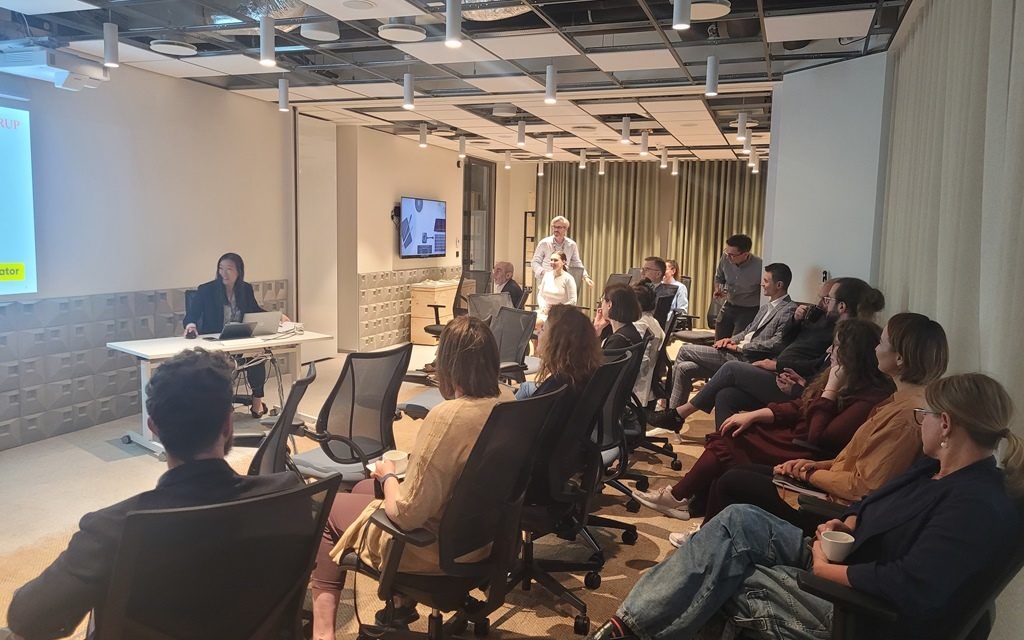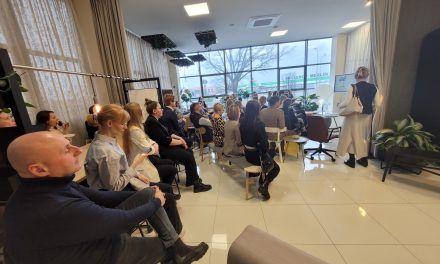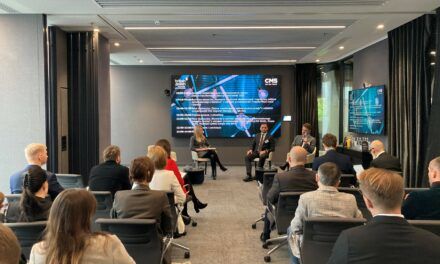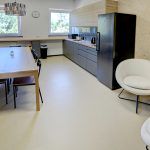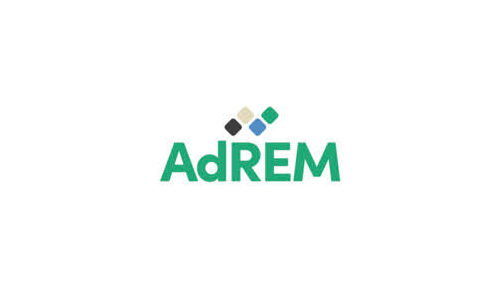The BPCC’s Real Estate & Construction working group took the opportunity of the visit to Warsaw of Arup’s Access & Inclusive Environments lead at Arup, Mei-Yee Man Oram to hold an event around the topic of neuro-inclusive design.
For decades now, architects and interior designers have worked to create spaces that would be accessible, predominantly for wheelchair users and some sensory requirements (e.g. for blind and partially sighted people). But it is being recognised, and thus the industry is responding, that the requirements of people with who are neurodivergent (e.g. people who have autism, ADHD, dementia, dyslexia, etc.) are also needing to be considered. The wrong styling cues, wrong colour combinations – contrasts that are too great or too small in the wrong context, sounds that can trigger neurological disturbances – may end up causing a potential customer to leave the shop without making a purchase, to be continually distracted at work, or simply made to feel excluded.
Everyone’s brain works differently and we all experience the world in diverse ways. Even people without diagnosed conditions may react negatively to an external stimulus in the built environment, without even being aware of it.
Mei-Yee Man Oram, who leads the Access & Inclusive Environments practice at Arup in London, shared design ideas, principles and experiences of designing with the needs of neurodivergent users in mind. She explained through case studies of Arup’s inclusive designs what a truly inclusive design means, and covered emerging trends that impact inclusive design. “This is what ‘next’ looks like,” she said.
Mrs Man Oram has worked on the a number of global retail portfolios, broadcasting studios and for Arup’s London HQ at 80 Charlotte Street, working within an interdisciplinary team that considers how interiors might be experienced by people with various accessibility requirements. She explained how important light, noise levels, room temperature, finishes, and floor contrast is. These may lead to loss of concentration, distraction and discomfort, leading to adverse reactions among certain groups of people.
The answer, says Mrs Man Oram, is to consider how a workplace, retail environment or public space will be received by neurodiverse groups at the design phase. “It is a social and moral responsibility to do so,” she said.
The presentation was followed by a Q&A session and time for networking.
Inclusive design and neurodiversity – Mei-Yee Man Oram






